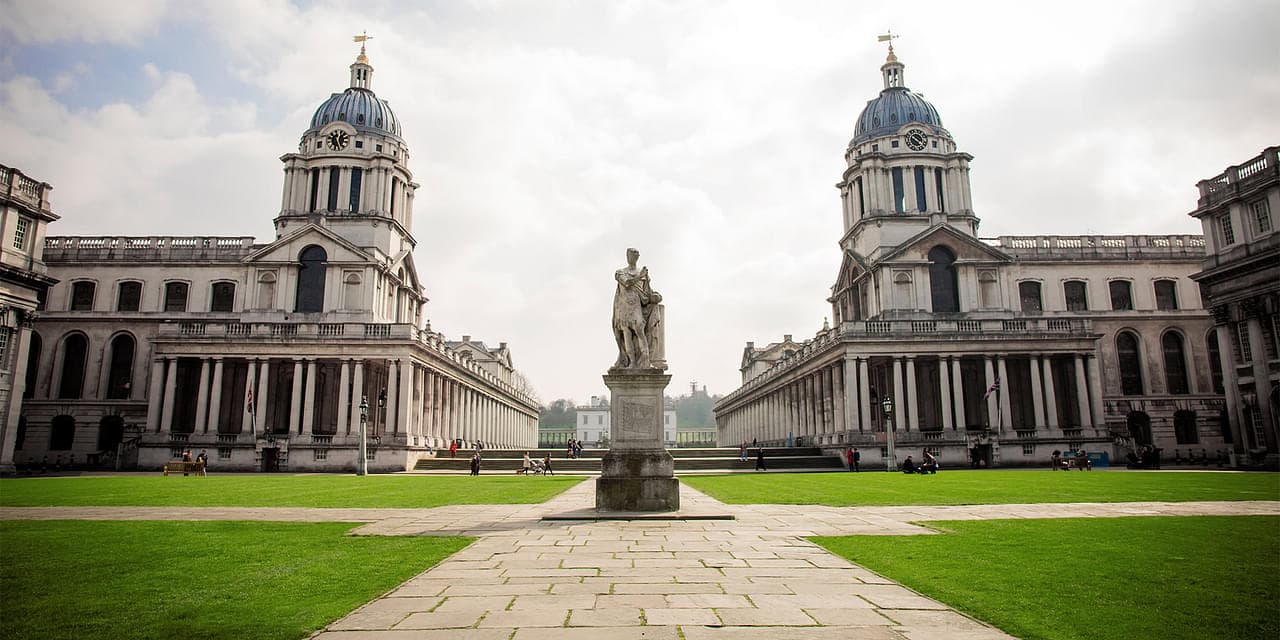BA Hons Graphic and Digital Design at University of Greenwich
London, United Kingdom
- Tuition Fee £ 17,500
- Country Rank-
- Duration36 Months
- Score IELTS: 6 TOEFL: 60
Program Overview
On our graphic and digital design degree, you will study topics such as typography and graphic design, branding and advertising, fine art, photography, data visualisation and the moving image. Technical workshops and other practical elements of the course will boost your creativity and help you master various aspects of design technology.
Cost Of Studying At University of Greenwich
Interest rates as low as 8.9% *
250K+
Students Assisted
800Cr+
Loan Amount Disbursed
5000+
Loans Sanctioned
Check Loan Eligibility
Powered by
